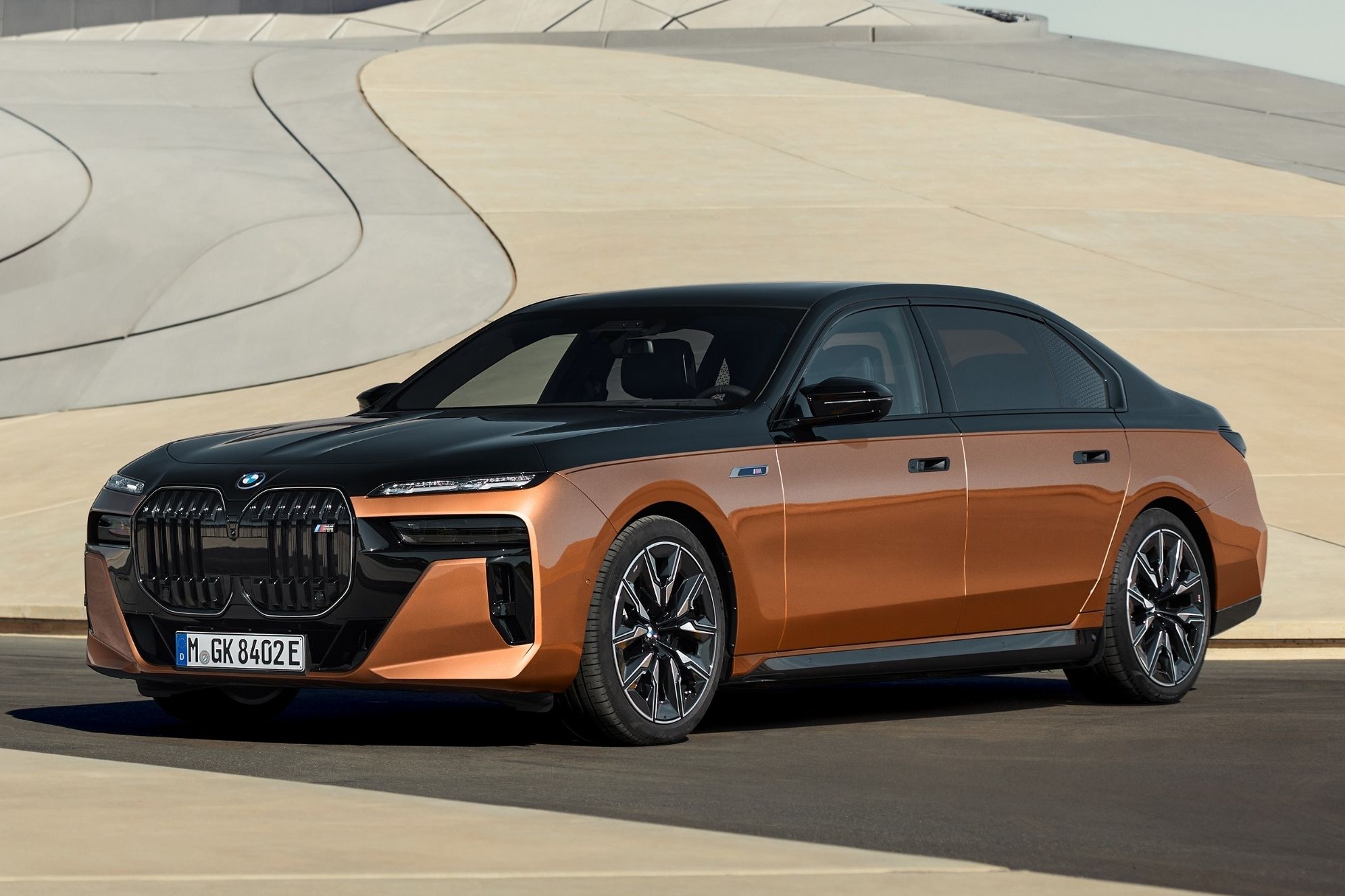
The quest for energy efficiency has led BMW to invent a way to harvest energy from potholes and speed bumps. This is according to a new patent unearthed by CarBuzz at the German patent office, which details a new suspension design to generate electricity from a car's vertical wheel movement from bumps in the road. This invention should appear on one of BMW's electrified flagship models, so expect to see it soon in future iterations of flagships like the BMW i7.
As the motor industry transitions into the brave new world of electric vehicles, energy conservation is increasingly important. That's why one-pedal driving exists, and coasting systems that regenerate power while switching off the combustion engine in many a hybridized setup. Yet these systems all require the car to be in a state of energy recovery, and none generate power latently outside of a specific set of circumstances. BMW's new solution might, thanks to an untapped energy source: the energy introduced to a car's springs by suspension articulation.
Traditionally, the energy of a car's wheels as they roll over bumps and through dips is absorbed by the spring elements in the suspension, and that energy is then dissipated as heat by the dampers. That is because wheel movement has traditionally been an annoyance, something to be managed and smoothed out in the quest for comfort and control.
BMW has taken a fresh look at the energy stored in suspension springs and found a way to harvest this energy instead of wasting it in the dampers. The aftermarket is also busy with this idea, with companies like Gig Performance already working on the problem. BMW's design is, however, different from what we've seen so far.
Imagine a chassis-mounted generator unit with a small flywheel and a one-way clutch at its input, driven by an actuating disc which in turn is connected to a suspension control arm via an actuator similar to a conventional stabilizer bar.
When the wheel moves up in response to a bump, known as the suspension's compression stroke, the stabilizer arm twists along with the suspension arm's movement, rotating the actuating disc without interference from the generator, because the one-way clutch is disengaged in this direction.
When the wheel moves back down again in response to the energy now stored in the spring, known as the rebound stroke, the actuating disc again rotates along with the stabilizer arm, but the one-way clutch engages in this direction of rotation to power a small gear mechanism which speeds up the generator unit's flywheel.
Why only use the rebound stroke to speed up the flywheel and drive the generator? Because compression strokes are often very sudden in nature, the system needs to transfer as much energy as possible to the spring as quickly as possible without external interference. The rebound stroke generally has more time to complete its motion, which makes it better suited to transfer the spring's pent-up energy to the generator unit.
This energy can then be stored in either the car's normal 12V electrical battery or in an EV's high-voltage traction batteries.
The generator then uses the fresh delivery of kinetic energy in its flywheel to generate electricity and charge the battery in doing so. Harvesting energy from a moving car is one thing, but using the jolts of a bumpy road to charge the batteries is another. It's almost like getting some electric charge for free - except that this definitely won't be a cheap option when it eventually appears.
